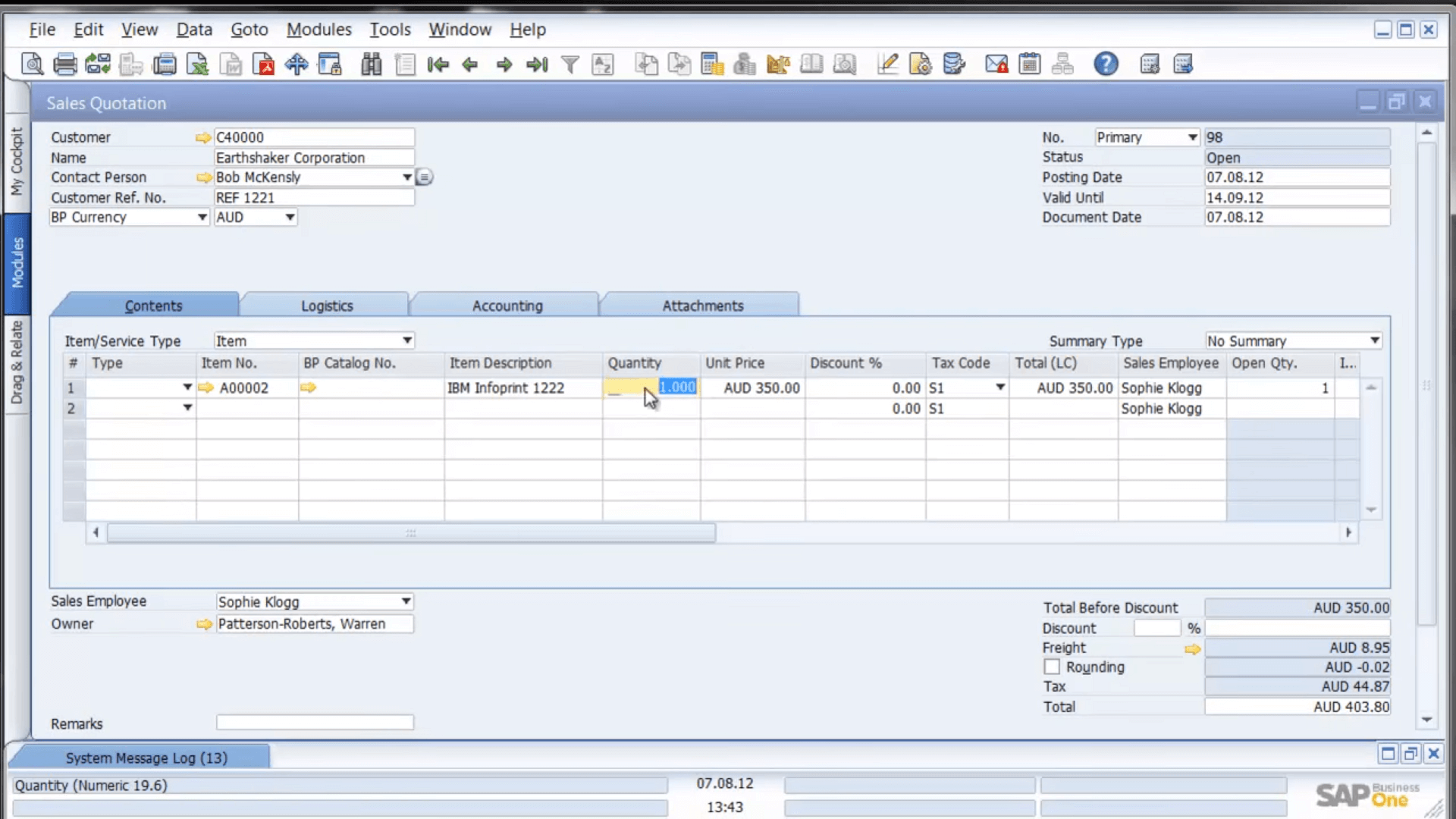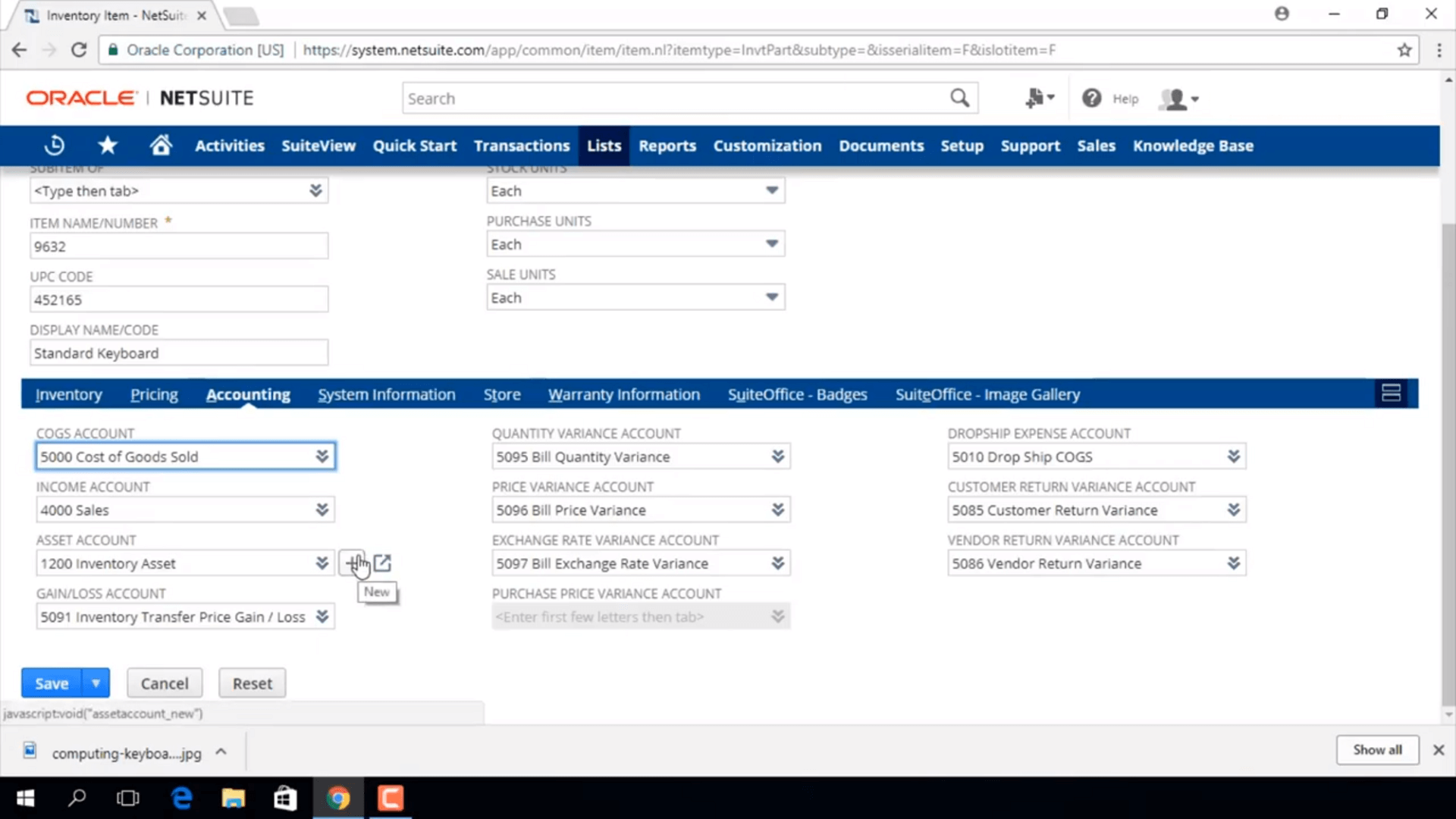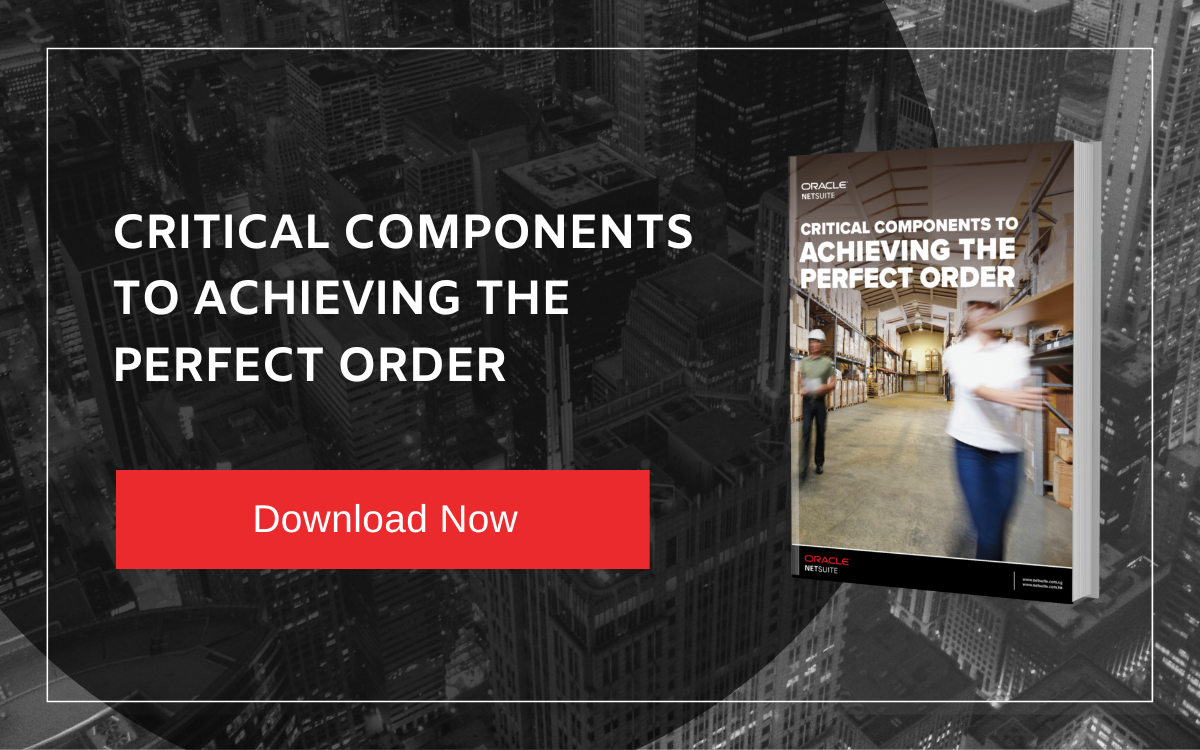Are you a Singapore-based retailer wondering whether it's worth investing heavily in e-Commerce to cope with festive seasonal demand? Take heart: there's still room for traditional brick-and-mortar stores to thrive in Singapore, despite how three quarters of the Internet-using population in Singapore are already used to shopping online.
According to internet search giant Google, over 90% of retail sales were done offline during the Chinese New Year (CNY) festive season in 2018.
And this trend isn't restricted to Singapore either; approximately 80% of Chinese shoppers of all ages buy CNY products at brick-and-mortar stores like yours, even if they’re from the demographic born after 2000 who usually favour online sales channels.
So despite regular prophecies of their decline due to e-Commerce platforms, many brick-and-mortar stores are doing as well as ever, even during peak shopping seasons like Chinese New Year and the challenges they bring.
How did they do it? It appears their secret is providing an engaging shopping experience for their customers.
Brick-and-mortar stores have several ways of producing great customer experiences:
- Appealing to the senses: Brick-and-mortar stores offer one thing that e-Commerce cannot match; the opportunity to delight their customers with sight, sound, touch, and even smell cues. This is especially the case during CNY for stores stocking festive goods, as the tangible festive atmosphere this imparts can't be replicated online. For many Singaporeans, the appeal of soaking in the festive ambience is what draws them to brick-and-mortar stores during this time.
- Seamlessly integrating online with offline: The rise of e-Commerce platforms just means Singaporeans are either checking out products at brick-and-mortar stores before buying it online at a lower price (showrooming), or researching the product online before coming in to the brick-and-mortar store (webrooming). Savvy retailers capture customer data at both ends, which equips them to offer deals that appeal most to each individual customer.
- Promoting a hands-on experience: Another reason that Singaporeans engage in "webrooming" is that although doing research online helps them find the best prices, they also prefer to see the quality and condition of the product first-hand before committing to the purchase; something which is only possible by visiting a brick-and-mortar store. Retailers can cater to that need by encouraging their customers to personally interact with merchandise on display, so they can get a feel of the product.
The Real Retail Study organised by UK mobile tech firm Blis analysed shopper behaviour in Singapore, and concluded the desire to shop in stores is also very much alive, especially when it comes to food and groceries (79%), followed by furniture and home furnishing (69%), and household appliance (61%).
“Our findings show that Singapore consumers still massively value shopping in store, and that any talk about physical retailers being rendered obsolete by e-commerce is premature,” says Richard Andrew, managing director for Asia at Blis.
Delivering Engaging Customer Experiences Through Omni-Channel Retailing
The reason some brick-and-mortar businesses are able to deliver engaging customer experiences is because they took a complementary, holistic approach to incorporating e-Commerce platforms into their retail operations.
That's the basis of an omni-channel retail strategy, which caters to modern-day shoppers who are constantly connected to social media, and are accustomed to checking the prices of products on their mobile devices even if they're currently within a brick-and-mortar store.
To convert these shoppers into paying customers, retailers like yourself can;
- Create a seamless mobile experience, with an online presence optimised to help users quickly find what they're looking for.
- Focus on creating a personalised customer experience that collects data from social media APIs to create complete profiles of your customers.
- Acquire the ability to organise all the customer data you're collecting by implementing the right infrastructure.
- Engage your customers across all of your sales channels with contests and promotions that span your social media, e-Commerce platforms and brick-and-mortar stores.
With an omni-channel retail strategy, brick-and-mortar stores can produce an in-person shopping experience that's more exciting than purchasing solely through online channels at home.
But that's easier said than done especially during the CNY festive peak period, because;
- You need to ensure sufficient stock in your inventory, especially if your suppliers are based in China and thus won't be open for business, which means no chance of restocking.
- Delivery service providers will be inundated with orders during the peak period, which can (and has) easily led to delays and result in customer dissatisfaction.
Therefore, to ensure your business has the capability to provide a seamless retail experience for your customers online or offline, you’d want to make sure your back-end processes are sufficiently integrated to fully support your omni-channel strategy.
And being experts in this type of business software, we can tell you that ERP systems are the ideal solution for integrating your back-end, making them a key yet understated advantage for your business especially during this peak season.
Here's a couple of examples of how this works:
Integrate Your Customer Data With ERP For A Seamless Customer Experience
According to projected data from Shopify, 82.5% of all retail sales will still take place in physical stores like yours even up to 2021.
That said, you should be aware that these encouraging numbers come with the caveat that your customers’ in-store purchases will have been influenced by data they’ve found from online touchpoints, eCommerce platforms amongst them.
To take advantage of this, you’d therefore want to pursue an online-to-offline (O2O) commerce strategy, which utilises both omni-channel commerce and multi-channel marketing to funnel potential customers from your eCommerce platform to your brick-and-mortar store.
To make O2O commerce work for your business, your business should be able to provide a seamless omni-channel retail experience that’s personalised for each of your customers.
And to make that possible, you’d want to make sure that both your online and offline sales channels are able to communicate and share data about your customers’ transaction histories and preferences between each other.
An ERP software is especially suitable for helping you with that part, as they’re specifically designed to integrate data from all of your business systems onto a single platform, including those relevant to your customers.

You can also sync and manage your customer contacts in Microsoft Outlook, thereby storing critical customer data in one place.
For example, SAP Business One comes with customer relationship management (CRM) functionality that helps you gain visibility into your customers’ purchase histories and preferences through the Customer Master Data feature, including any relevant data gained from your eCommerce platform that’s integrated with the ERP.
With the SAP Business One Mobile App for Service Staff, your sale personnel at your brick-and-mortar store will then be able to access the customers’ data on the spot, allowing them to craft a personalised service experience that meets their expectations by seamlessly catering to their known preferences.
Make Same-Day Delivery Options Available For Your Customers With ERP Order Management Modules
Another reason that most Singaporean shoppers still visit brick-and-mortar stores, especially during Chinese New Year, is for the sake of instant gratification.
This may seem strange at first glance, because the promise of eCommerce was that it provides shoppers with unparalleled convenience, allowing them to shop anywhere at any time with the expectation of having their goods delivered to their doorsteps.
However, the reality on the ground is that Singaporean shoppers are some of the most likely to abandon their online shopping carts, with 30% citing delivery times that were longer than expected, according to SAP’s Consumer Propensity Study 2018.
And according to S Pranatharthi Haran, head of customer experience in Southeast Asia for SAP, that’s because customers expect to receive their deliveries on time, especially for the CNY festive period.
In that sense, brick-and-mortar businesses like yours are better able to capitalise on the customers’ need for instant gratification, as they can purchase their goods and bring them home immediately without having to risk any delays in delivery.
To entice your customers to make a purchase at your store, you can give them the option of immediate or same-day delivery for their purchased goods.
However, in order to successfully fulfill the promise of same-day delivery and avoid customer complaints, you’d need to make sure that your back-end processes are capable of supporting the necessary logistics.
Here again, an ERP software with strong order management features can go a long way towards supporting your business’s same-day delivery promises.

NetSuite provides centralised order management, inventory and fulfillment across all channels to help retailers meet rising customer expectations for cross-channel order fulfillment.
For example, Oracle – NetSuite comes with centralised order management functionalities that will help you coordinate your integrated order fulfillment processes, and fulfill your customer orders from the best store or warehouse location available.
At the same time, NetSuite also helps you keep your costs low by fulfilling your orders in the most efficient and cost-effective manner, and avoid issues with insufficient inventory or overstocks at any location.
Through intelligent order processing and fulfillment, you can deliver a seamless purchase and fulfillment experience that leaves your customers wholly satisfied, and much more likely to patronise your brick-and-mortar store again in the future.
Offer A Great Retail Experience For Your Customers This Lunar New Year
By focusing on utilising an omni-channel strategy to deliver a superior customer experience, brick-and-mortar businesses like yours can continue to hold the advantage over pure e-Commerce businesses.
With the help of a modern ERP system to power your back-end operations, you can ensure timely delivery of your customers' products, even during the current CNY peak season.
This would make your brick-and-mortar business yet another success story of digital transformation in the face of disruption, and stand you in good stead for this and all future Lunar New Years.




